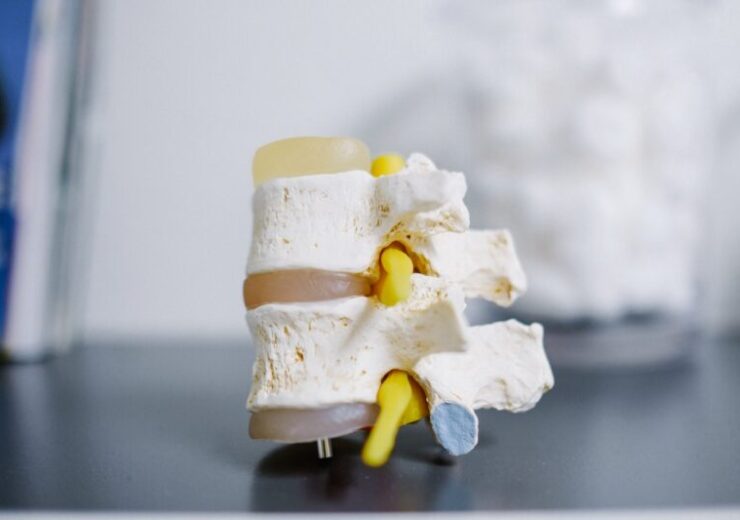INTEGRATE-C Interbody Fusion System is said to be the first interbody fusion cage which is integrated fully with porosity and hydroxyapatite to offer a better healing environment

The INTEGRATE-C Interbody Fusion System leverages the Hydroxyapatite Porous Polyetheretherketone material platform. (Credit: Kenny Eliason on Unsplash)
US-based medical device company HAPPE Spine has announced that the US Food and Drug Administration (FDA) has granted 510(k) clearance to its INTEGRATE-C Interbody Fusion System.
The INTEGRATE-C Interbody Fusion System is said to be the first interbody fusion cage which is integrated fully with porosity and hydroxyapatite to offer a better healing environment.
HAPPE Spine, which is engaged in the development of orthopaedic and spinal implants, has utilised the Hydroxyapatite Porous Polyetheretherketone (HAPPE) material platform for the interbody fusion system.
According to the medical device company, interconnected, cancellous porosity supports bone ingrowth from endplate to endplate. Apart from that, all surfaces are exposed to hydroxyapatite to encourage cell signalling and bone on-growth.
Additionally, the INTEGRATE-C system is radiolucent as well as radiovisible to offer enhanced intraoperative and postoperative imaging.
HAPPE Spine CEO Andrew Iott said: “We are very excited to have gained 510K clearance for HAPPE’s new innovative technology and look forward to launching game-changing product solutions in the near future.
“The combination of cancellous porosity with hydroxyapatite exposed on all pore surfaces represents a true leap forward in interbody fusion devices.”
The interbody fusion system is offered in multiple sizes and lordotic angles for accommodating patient anatomy, said HAPPE Spine.
The system also encourages both load bearing and healing to provide allograft-like qualities in a synthetic implant to improve clinical outcomes in interbody spinal fusion.
HAPPE Spine said that this solves the problems of subsidence, pseudoarthrosis, and imaging artifacts that restrict existing polyetheretherketone (PEEK) and titanium implants.
The medical device company is currently planning for a limited user release to establish efficacy with clinical data.
HAPPE technology co-inventor Stephen Smith said: “Our team at HAPPE is proud and excited to share this advancement with our colleagues. We have achieved our goal of developing an ACDF that is distinguished from all other existing devices used for interbody fusion.
“The HAPPE INTEGRATE-C delivers superior radiographic visibility, optimum biomechanical properties for both load bearing and healing, and true graft incorporation.”
